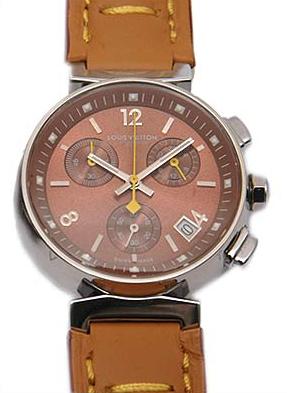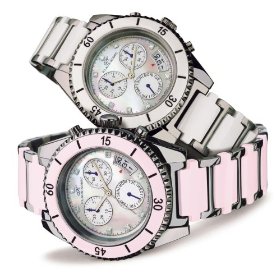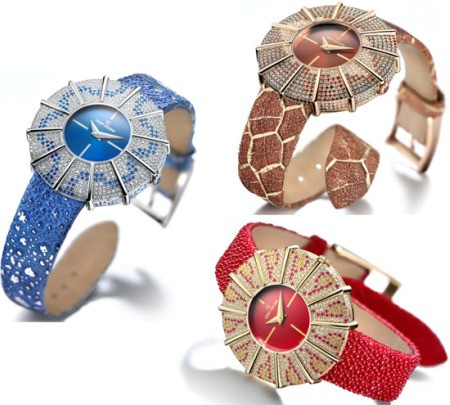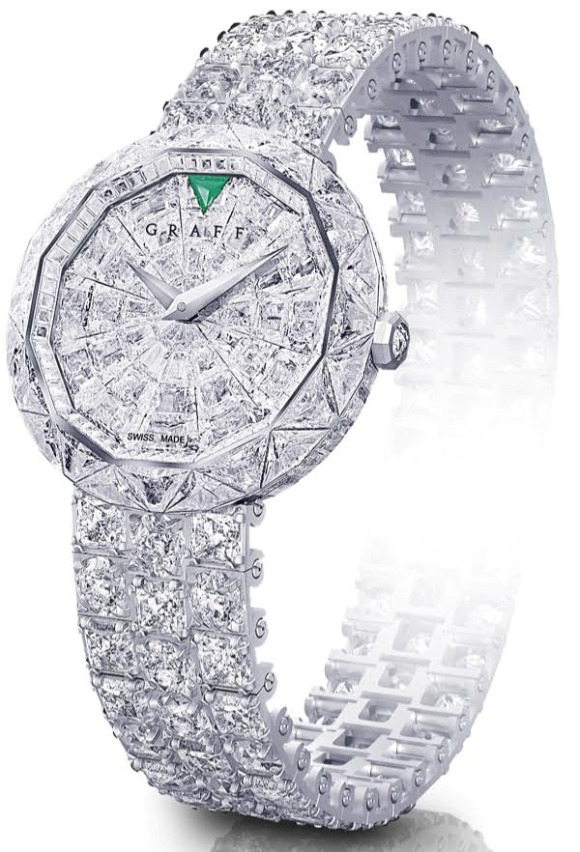Fashion and Style with Watches
The history of watches is something that we rarely or never think. We take our modern time keeping for granted as we have clocks on our walls, our mobile phones, our cars, and on our wrists.  Back to Casio and Rolex, there was the Caveman. And while intelligence levels are probably quite low, the history of watches began with this group of people observed the sun and the shifting of shadows throughout the day to determine if they participate in various activities. Hunting and warring with other tribes were mainly determined by the position of the sun in the sky and the shade these primitive caves helped communities know what will happen when. |
|
 | Later, around 4000 BC, knowledge of astronomy began to develop and
the people began to use not only the sun, the moon and the stars as
well, a calendar and a more complex form of the time. This is how the
Zodiac signs developed, which is another aspect of the history of
watches that many people think. Before the Zodiac was all about
horoscopes and personality profiles, it was a way to time.
The First Clock The sundial is the first time we have hard proof of that. Man had developed in his early engineering knowledge came through the brands of the sun bouncing off of cliffs and discover that it could be simulated by means of the sundial. A website about the history of watches describes this as not an easy task. |
"The sun-dial underwent many changes that one volume would be needed to describe them all. It was found that the shadow of an upright stick or stone varies from day to day because, as we have already noticed, the Sunday rises further north in the summer in the northern hemisphere than in the winter. So the brand for a few hours would change as the season changed, and the dial would not indicate time accurately. However, the improvement of the dial is made when it was discovered by the oblique or Gnomon pointer just to the north pole of the sky - the point where the North Star appears in the night - the sun shade can be delivered on a flat surface with accurate results in time. "

Custom Search
|

